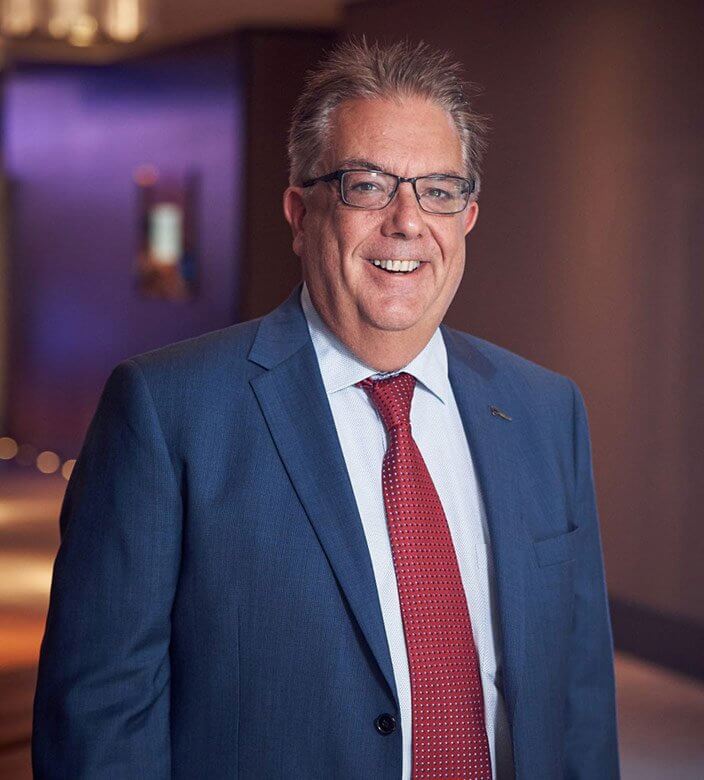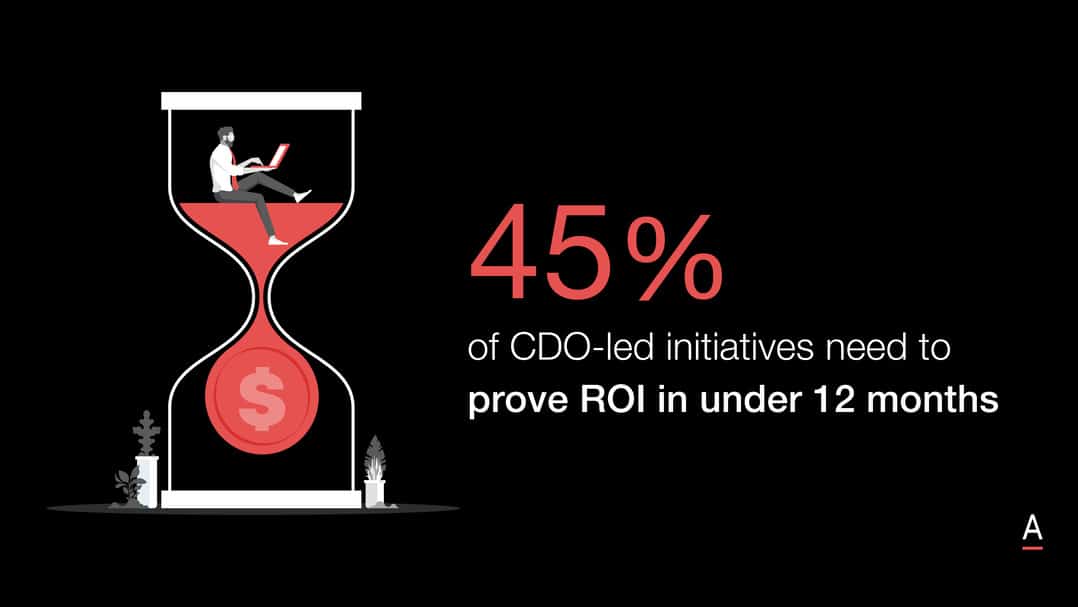ADAPT Overview: IBM Think Summit “Dear Tech”
ADAPT attended the Australian leg of IBM’s Think Summit, a global event designed to showcase how technology can be a positive force in the world, improving the environment and diversity, safety, travel, medicine, intellectual property, retail, telco – across all of society.
On 22 May 2019 ADAPT attended the Australian leg of IBM’s Think Summit, a global event designed to showcase how technology can be a positive force in the world.
The day opened with IBM’s ‘Dear Tech, let’s talk’ open letter, which took the form of a video showing individuals writing to the technology industry and telling it what they expect from it. The individuals in the video outline what they had got from tech – smartphones, apps, connectivity. They then say what more they would like. “Dear Tech, you’ve done a lot of good for the world, but I feel like you could do a whole lot more. Let’s get more from technology. Let’s put smart to work.”
They spoke of using IT to improve the environment and diversity, safety, travel, medicine, intellectual property, retail, telco – across all of society. “Data rights as human rights,” as one said.
It’s an ambitious agenda. This ADAPT overview highlights the key messages and takeaways from the event, without endorsement or favour.
What You Need to Know
The key theme of the IBM event was that IT should be used to empower the people around you to build a culture that thinks about a brighter future. This accords with ADAPT’s commitment to helping Australian organisations lead, by better use of IT in an increasingly commoditised and globalised business environment.
Key takeaways from the IBM Think Summit:
- Business and private IT meld into the Human Experience (HX), driven by common objectives, expectations and experiences, regardless of where we are and what we are doing.
- We should not fear technology or think it will take over what we do as humans. We need to challenge ourselves to develop technology so that it enhances humanity and the human experience.
- How can we leverage technology to shake up the status quo and change the world? We as individuals need to drive this. We need to take charge.
- Create collaborative communities at work, at home, at school – everywhere – built around the three core pillars of Collaboration, Innovation and Cooperation. We need to inspire, connect and learn, in every aspect of our lives.
- Artificial Intelligence is a key technology. Today we have narrow, single use case AI. By 2050 broad AI will have the ability to mimic human behaviour. The goal is ubiquitous AI, across many aspects of the human experience.
Three Use Cases
The Australian IBM Think Summit featured three use cases from local and international IT leaders, illustrating how they use tech creatively.
Tech as the Banker:
Lee Hatton, CEO at UBank
UBank is an online-only division of National Australia Bank. “We have leveraged technology to allow our half million customers to help create banking experiences on their terms in a community-driven feedback environment,” explained CEO Lee Hatton.
“We drive, encourage and empower a culture designed to run, experiment and try new things,” she said. “We look on every day as a new day, where expectations internally and externally constantly change.”
Hatton said any CX strategy should be built around the principle of ‘I wish I had more time’. They should be initiatives and experiences that give time back to customers while enhancing their experience and perception of your company. She gave the example of a Mia, a virtual assistant that UBank has developed which greatly simplifies loan applications and processes.
“Around 80% of calls into our contact centre are consistent, with simple questions. Mia makes the response instantly, in real time and when the customer wants it. It has built a positive perception of AI as it frees up humans from mundane tasks.”
Hatton said it was important at UBank to remove the mentality of being a bank. “You have to get people together at the right time to focus on a common brand goal. AI has enabled us to empower our customer service team. It gives them the answers they need, which has made AI real and reduced fears of the technology.
AI has given our employees more time by reducing everyday mundane tasks. It has freed up time to spend on planning and discussing what we should focus on today to grow tomorrow.”
Tech as the Recycler:
David Katz, Founder and CEO at Plastic Bank
Plastic Bank turns waste into currency by enabling the exchange of plastic for money, items, or Blockchain secured digital tokens. “This empowers recycling ecosystems around the world and stops the flow of plastic into our oceans,” said David Katz, Plastic Bank’s CEO and Founder. “All while helping people living in poverty build better futures.
We all want to protect the things we love, but we often don’t know how and what to do. The oceans are a case in point, where we are always trying to fix things without tackling the source.”
Most waste comes from poverty-stricken environments, explained Katz. “Some of the major sources of plastic waste finding its way into the ocean comes from the poorest countries, like Haiti and India. People living with no floor and no door on 60c a day with their children starving struggle to live, let alone recycle.”
Katz said he started Plastic Bank to monetise waste to empower the poor. It has created a chain of stores for the world’s most poverty-stricken to pay for things with waste. Through Plastic Bank, necessities such as schooling, food and clothes can be purchased using plastic garbage as payment.
“It turns the poor into recycling entrepreneurs,” said Katz. “They can make a living collecting waste, weighed and valued into an online account. We use a Blockchain payment and reward system based banking app. It’s a safe way to receive and share funds avoiding exploitation, fraud and robbery – electronically or physically.
The real gift is I don’t need to be the person to change the world. I can empower others and create a community of change.”
Tech as the Saviour:
Caroline Taylor OBE, Vice President and CMO, Global Markets at IBM
London-based IBM VP Caroline Taylor is also chair of the board of trustees of Stop the Traffik, a charity that is pioneering intelligence-led prevention of human trafficking using community-generated big data with analytics and AI.
“We are leveraging AI to reduce and prevent human trafficking,” she said in her presentation. “Human trafficking is the fasting growing trade in the world. It is the modern slave trade.
“There are over 40 million people enslaved today in the world. It is an illegal market generating some US$50 billion a year. Australia is a destination country.”
She said that currently, human trafficking is a highly profitable but low-risk business. “Traffickers do not wake up thinking ‘I am going to traffic humans today’. They wake up thinking ‘I want to make some money today, and here is a low risk, yet highly profitable way to do it’.
With AI we can work to make it high risk and very low profit, and thus reduce its perceived value to criminals. But we have been losing because we have been reacting. We need predictive preventive intelligence.”
Stop the Traffik has built a data sharing platform across NGOs, financial institutions and law enforcement agencies. It uses IBM’s Watson AI machine to pull in hundreds of thousands of news items on human trafficking to create an analysis hub using predictive, preventive intelligence.
“We can share and feedback information to partners to analyse and act upon,” Taylor explained. “Technology is an amazing enabler.”
The Bottom Line
Sure, it was an IBM show and the solutions displayed were based on IBM technology. But the applications demonstrate how technology can answer the questions posed in the ‘Dear Tech’ video, by being used in many creative and positive ways.
The lesson for the ADAPT community is clear. Make technology work for you. Place your emphasis on the outcome or the experience first. What technology you use is secondary.
Too often vendors focus on the technology and the speeds and feeds of their wonderful products. These capabilities are critical, but we are in a new era of IT where data and analytics, AI, robotics, machine learning, deep neural networks, and even qubits take us beyond the bits and bytes of yesterday’s traditional systems.
Many employees and citizens fear this Brave New World and the potential impact of these technologies and concepts, often for good reason. Considering this backdrop, it was encouraging at the IBM Think Summit to see inspirational examples of how technology can effect real change to some of life’s seemingly insurmountable and confronting challenges.
























